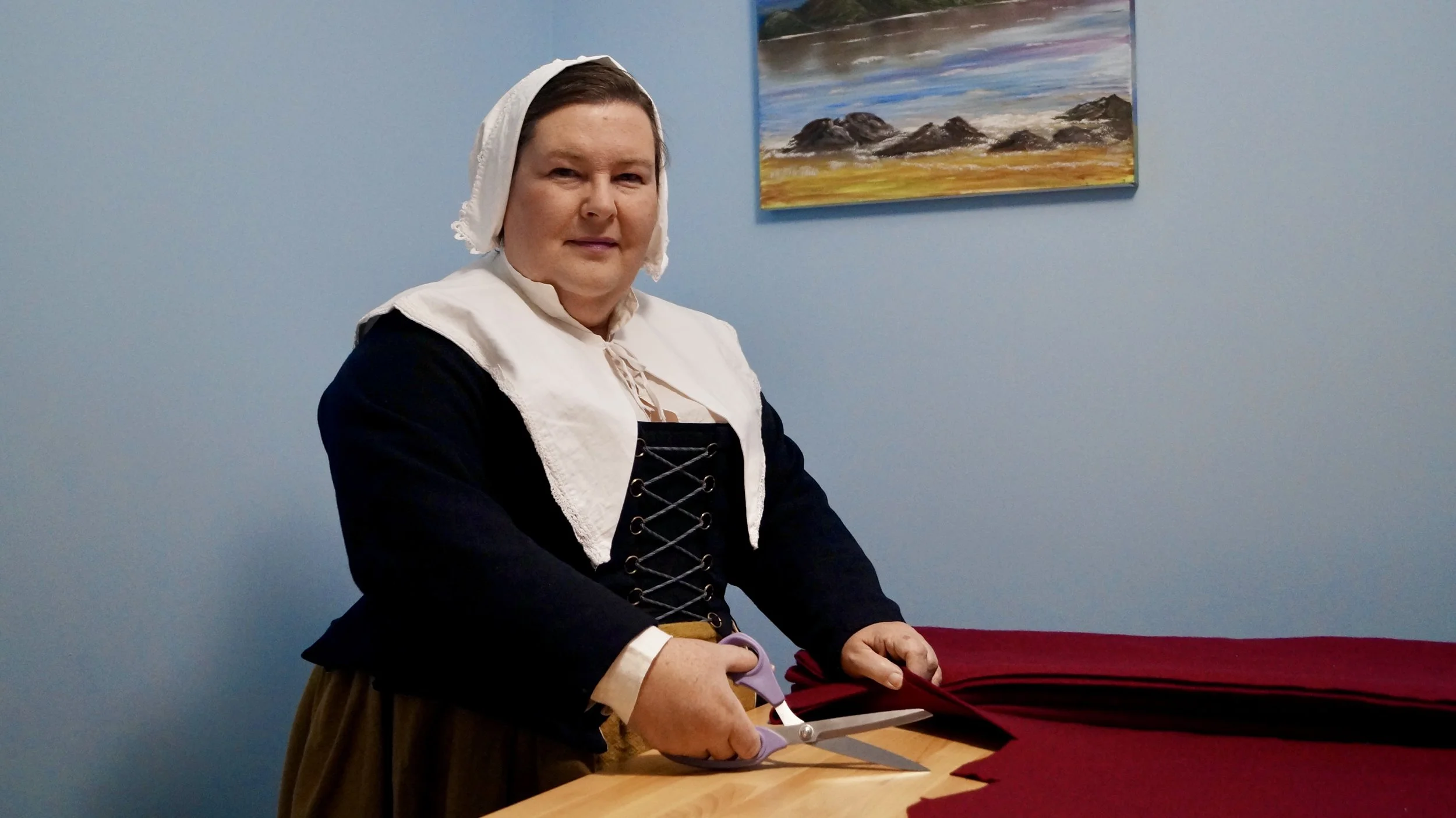Why have tailored instead of ready to wear?
The Tailors from Orbis sensualium pictus, a 1658 Children’s book.
Labour versus materials
In 1645, George Wood wrote of spending 17 shillings apiece for suits of cassock and breeches for the, by then, standing army. Of this,
16 shillings was for the fabric alone,
3 pennies for a leather pocket,
1 1/2 pennies for the tapes and strings,
1 penny for the buttons and hooks
just 10 pennies for a tailor to make up the suit.
Any person who could afford fabric for clothing could afford a tailor to make it up to their shape and size
Types of tailoring
Off the peg - literally, choosing an item that was pre-made and hung on a peg on the wall for customers to buy, you can see this in the woodcut above from Orbis Sensalium Pictus. Today, most clothing is sold off the peg by shops and market stalls. At Properly Dressed, we do not sell any off the peg items, they are all made to measure or bespoke.
Made to measure uses pre-prepared patterns and shapes from well-used designs that are adjusted to fit the body of the customer. Customers choose the style they would like, supply measurements (or are measured) and the tailor does the rest. Fittings are sometimes required for some types of clothing, to ensure the fit is perfect. There is limited choice of clothing details and fabric in this type of garment. This suits web-shops really well and is what Properly Dressed mostly offers.
Bespoke - the customer describes what they want to buy to suit their taste and budget. In effect the customer designs the clothing and the tailor creates a one-off pattern for it. This needs several in-person fittings and a clever tailor. Many of our commissions are bespoke at Properly Dressed.



